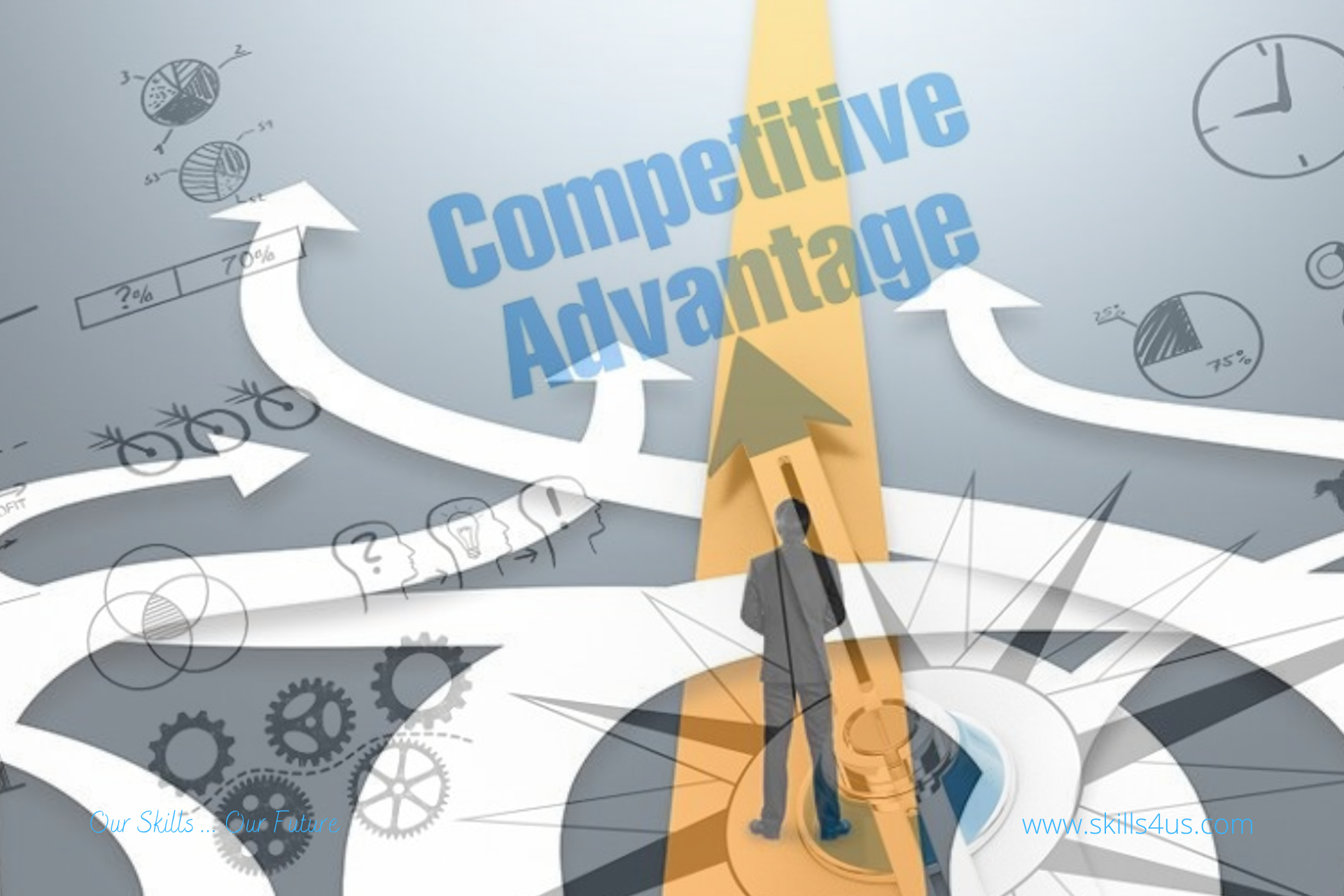A competitive advantage adds more value to the organization and its shareholders because of some of its strengths compared to its competitors. A consistent competitive advantage can help organizations continue to lead the market in their industries. Sustaining a competitive advantage makes it more difficult for competitors to counteract it.
The Importance of Competitive Advantage
The purpose of having it, is to differentiate an organization from its competitors by offering something different and of high value to its customers. It also means that the organization can outperform its competitors in the market and earn higher profits. In addition, having a competitive advantage is essential to business success for the following reasons:
- Increases profit margins.
- It helps in attracting more customers frequently.
- Contributes to maintaining brand loyalty.
- Adds predictability and stability to the organization’s revenue streams.
- Attracts more brand alliances, talents, and potential investors.
Types of Competitive Advantages
- Differentiation: This feature means that the organization offers products with a unique benefit over the competition, such as better quality or faster service.
- Cost leadership: This feature involves producing goods or services equal to competitors but offered at lower prices.
- Market Focus: This feature targets pre-selected markets rather than one large market to reach a specific demographic.
- Brand: This feature encourages brand loyalty by offering a unique or superior brand with image, location, and strategies or constantly updating features.
- Network: This feature refers to subscription services that use member benefits or bonus incentives.
- Resources: This feature indicates the organization’s advantage due to limited access to resources or materials for production.
Factors Shaping Competitive Advantage
In business, three factors can determine how an organization shapes its competitive advantage:
1. Market Analysis
To develop a tremendous competitive advantage, it is helpful to know the target market and how it can affect the overall growth of the organization. Organizations may associate their core reason for achieving it with low-priced goods or services, high-quality products, or a unique selling point that reaches many customers. It embodies the interests of the organization’s target market, which leads to new sales.
2. Implementation of Strategies
Business organizations can develop and implement strategies to help put their products ahead of the competition. For example, the organization may rebrand its products to make them stand out. Another way it works are by identifying the target audience and implementing the most appropriate strategy.
3. Monitor Strategies
The organization can monitor its strategy to modify weak areas and focus more resources on prosperous areas, enhancing its competitive advantage. For example, an organization whose competitive advantage is in its social media platforms can monitor the number of new clients referred to it through its social media accounts. Watching this structured information helps create more avenues for new customers to sign up for their products.
Strategies for Developing Competitive Advantage
1. Cost Leadership
A cost leadership competitive advantage strategy aims to find the lowest cost or most efficient product. If the organization can produce products at a lower cost than competitors, then a selling price that competitors cannot replicate can be set.
2. Differentiation
The differentiation strategy aims to offer customers a variety of higher-quality products or services or create products or services for which a higher price can then be set. Since differentiation occurs by adjusting characteristics such as features, style, design, and performance, the ability to differentiate products can vary depending on what they are.
3. Focus
A focus strategy refers to an organization targeting a specific segment of its target audience, or specific segments of the market, to increase customer satisfaction and loyalty. An organization using this strategy identifies customers with unique needs and wants and provides products or services specifically for them.
It should be noted that a single supplier providing a competitive advantage is not a guarantee of value or success and may only be a temporary situation. While organizations may launch to market with a new idea, competitors may not soon catch up. Organizations may need to reconsider what their competitive advantage could be. So the best organizations are aware of this and continuously monitor the future.
